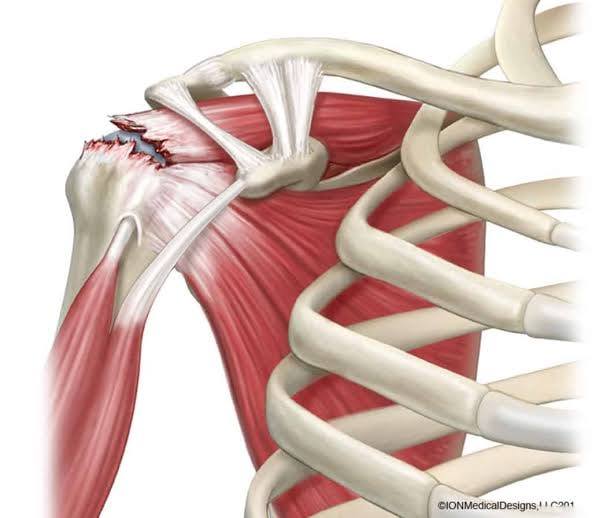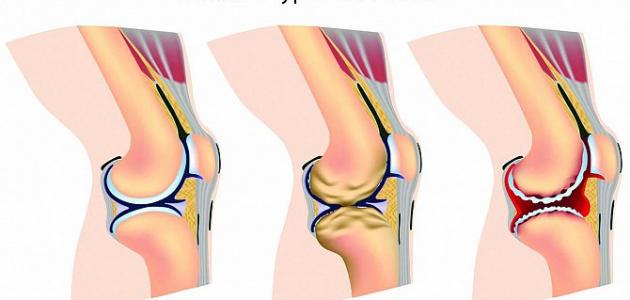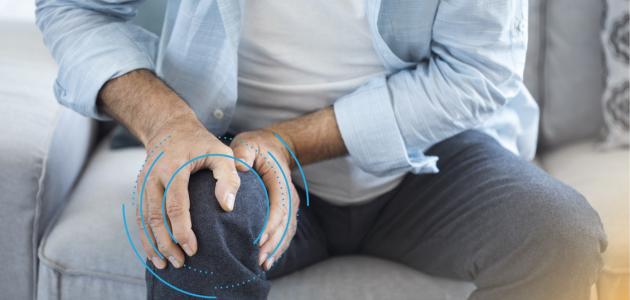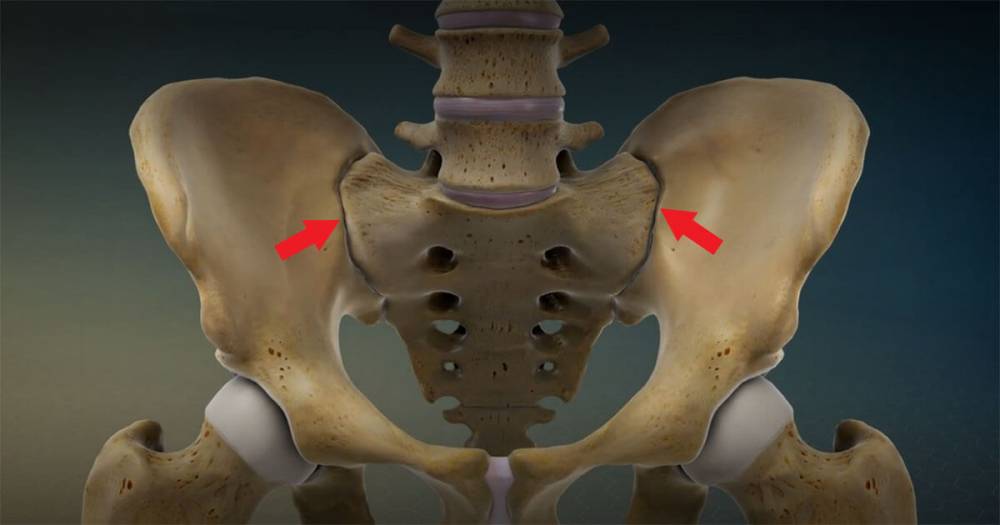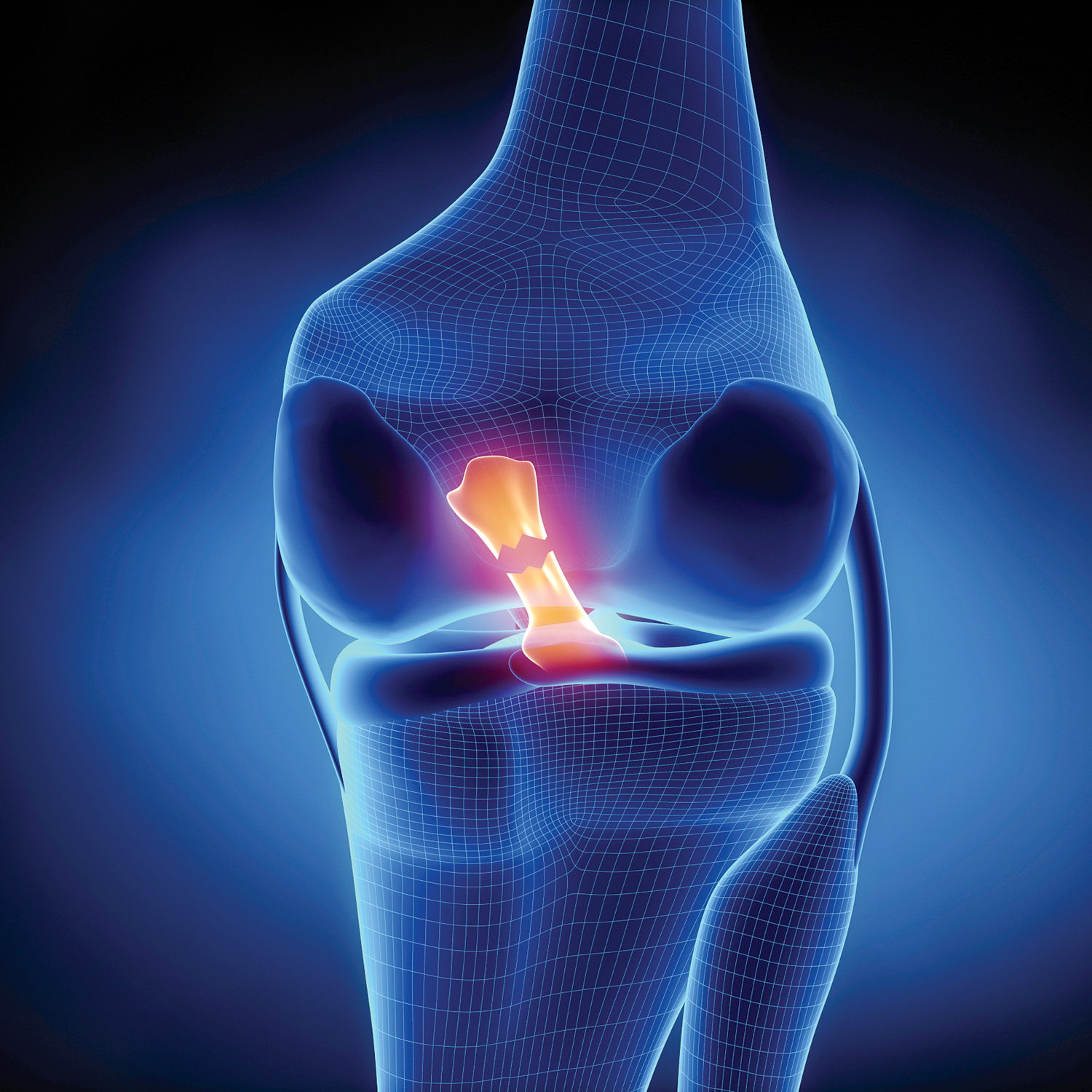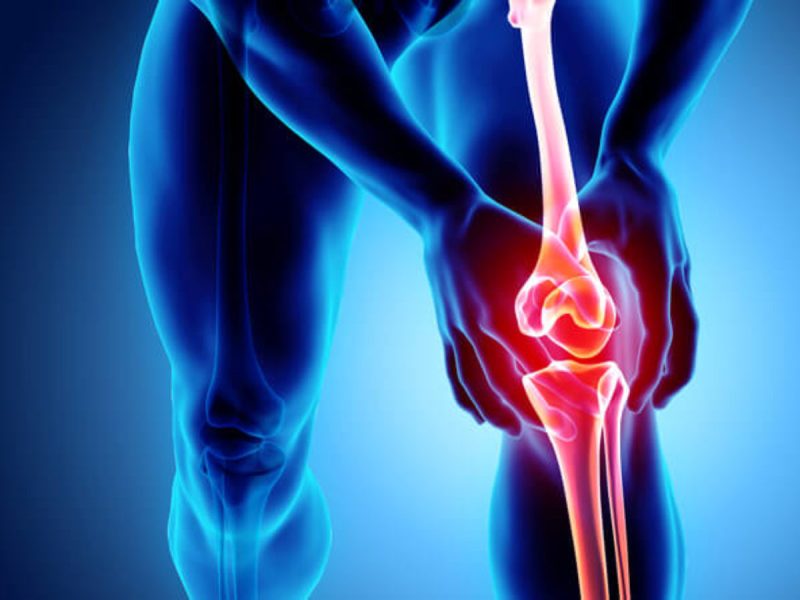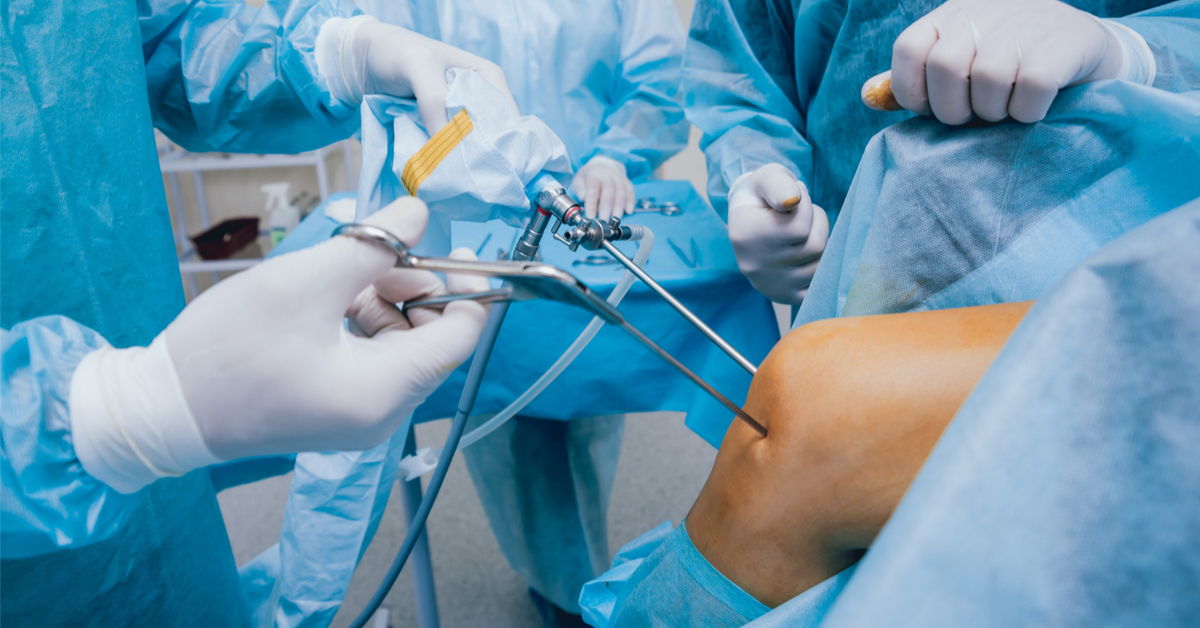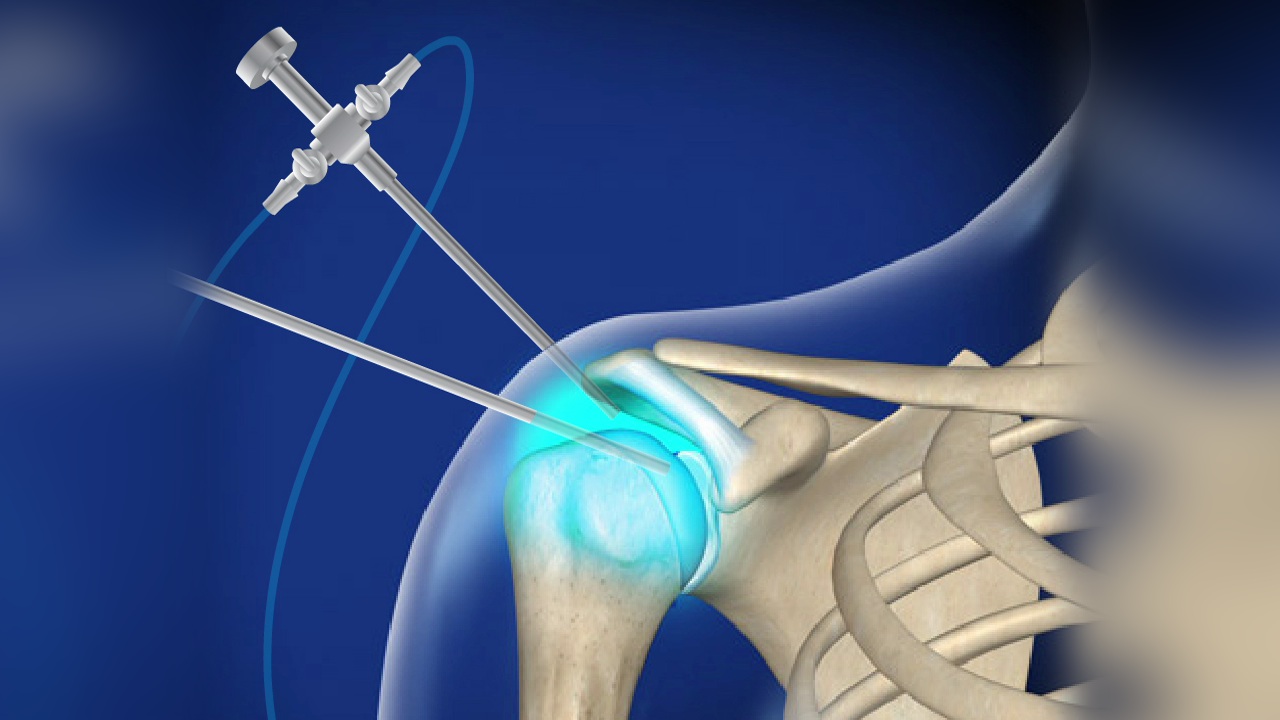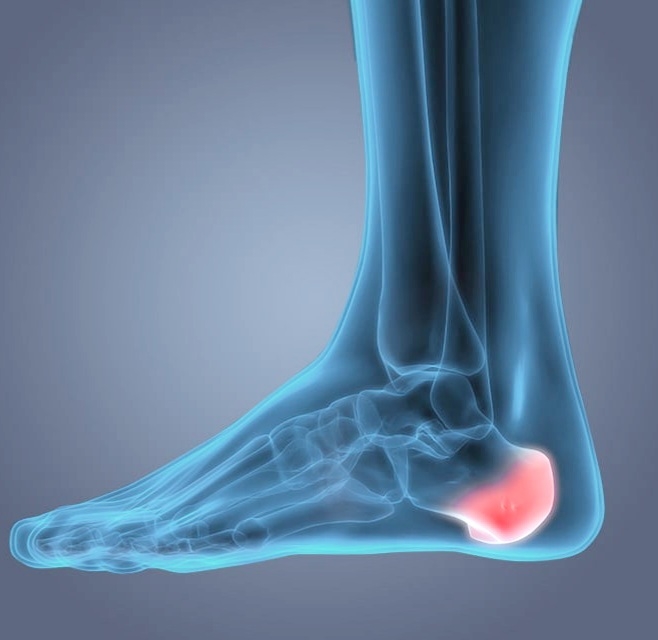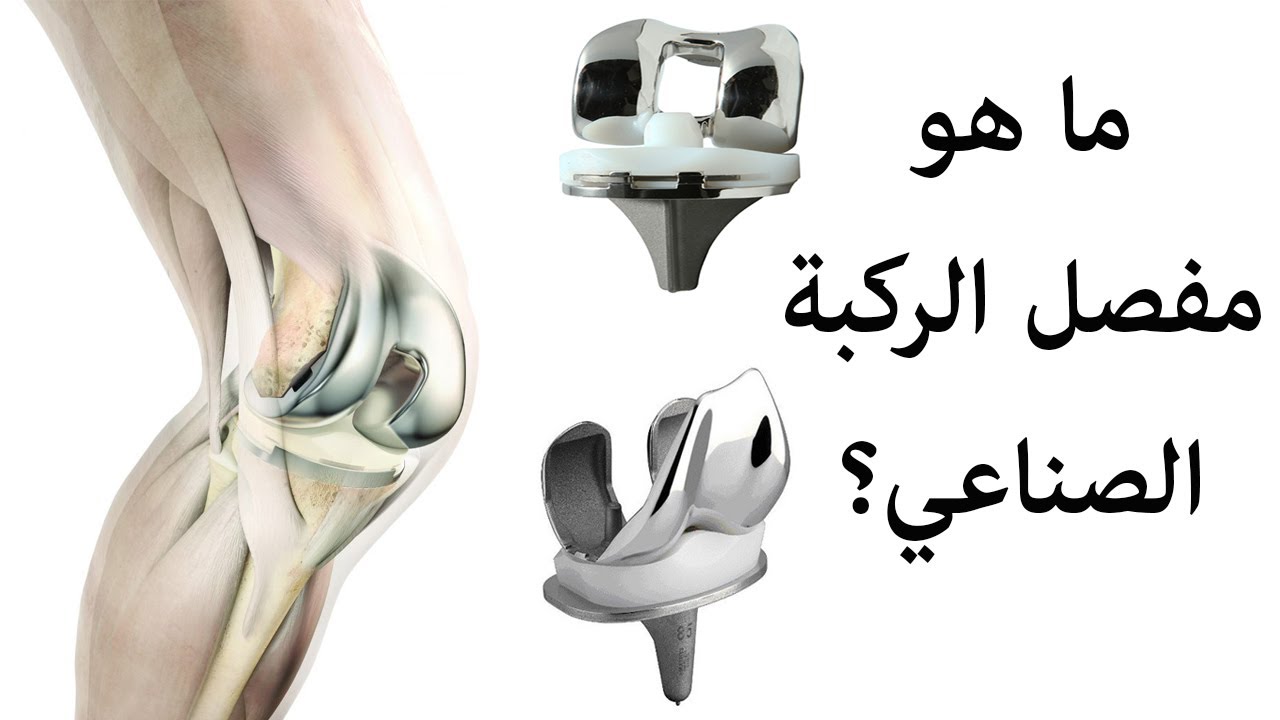What you do not know about knee cartilage
There are many cartilages in the human body and each of them performs a specific function that supports the area in which it is located, and because of its importance, we are very afraid of any problem with it and we advise you to start receiving appropriate treatment immediately. The following article will include abundant information about knee cartilage and how to take care of it, so let us read the following.
knee cartilage
Cartilage is defined as a group of connective tissues that are located in separate places in the human body and differ from other tissues, and this is because they do not contain blood vessels and nerves, but rather it is surrounded only by a gelatinous substance that supplies the cells with what they need, there are two types of cartilage in the knee, namely:
- Articular cartilage: It is the one that is connected to the bones and joints between the thigh and the knee.
- Meniscus: It is not connected to the ends of the bones like the articular cartilage, but it is present at the ends of the bones to protect and support the joints.
Knee cartilage is very important to help the individual move normally, and some reasons may lead to damage to the knee cartilage, for example:
- Receiving a direct blow to the cartilage as a result of a strong collision or accident, and athletes are more susceptible to such injuries.
- Excessive pressure on the cartilage, which causes a rupture, and this may be a result of suffering from obesity in addition to excessive inflammation of the joints and rheumatism.
- Lethargy, laziness, and lack of any sporting activities affect the cartilage over time with many problems and affect its health and strength.
What are the symptoms of knee cartilage?
Many symptoms may appear on the individual, and we can infer through them that something is wrong with the knee cartilage, for example:
- The presence of pain in the joint remains with the individual until the time of rest and increases in intensity with the attempt to stand or walk.
- The area surrounding the joint and cartilage is swollen and red, accompanied by extreme heat.
- The roughness of the joint and cartilage.
- Inability to move the joint very effectively and its range is very limited.
- In very severe cases, a complete separation of the cartilage from its place may occur, and this results in bleeding in the joint and the appearance of blue bruises on the skin.
Knee cartilage recovery time
When an individual suffers a cartilage injury, he must be very careful to follow the doctor’s instructions well and apply them to the letter, in order to speed up the healing process and prevent any serious complications with time.
If the injury is simple and does not require surgical intervention, it can be treated by taking a sufficient amount of rest and taking some pain relievers in the event of severe symptoms and doing some exercises recommended by a physiotherapist, and if the individual is committed to these instructions, the treatment period will be within 6 weeks in order for the cartilage to heal again.
Knee cartilage treatment
There are some questions about the treatment of knee cartilage, such as what is the treatment of knee cartilage? Many methods are used in this, whether it is through the individual following healthy habits or through medical interventions, and here is an example of each of them:
Knee cartilage treatment at home
- Wearing knee support to protect the cartilage and limit movement while it is injured.
- Taking enough rest and not doing any activities that require high physical effort.
- Apply cold and warm compresses alternately between each, as this greatly reduces the severity of symptoms.
- Make sure to raise the injured foot from the rest of the body level while sitting or relaxing.
- In the event of severe symptoms, some analgesics such as acetaminophen and ibuprofen can be taken.
Knee cartilage treatment medically
- Physiotherapy: Rehabilitation sessions are indispensable for the treatment of knee cartilage, and this is in the form of specific exercises that are performed under the supervision of a specialist to prevent any errors, and this focuses on calming the symptoms associated with the injury and reducing the pain resulting from it.
- Surgical treatment: This is the last solution, as the doctor does not resort to it except if none of the previous methods found any benefit at all, and after that, some instructions that speed up the recovery process are followed.
What is the treatment for knee cartilage rupture?
The treatment of knee cartilage rupture is for the individual to get plenty of rest and regularity in the physical therapy sessions that the doctor determines, in addition to making some cold and warm compresses on the injury area to calm the swelling and inflammation, and if the symptoms intensify on the individual, he may take some painkillers to relieve the pain.
Can knee cartilage heal?
The knee cartilage can heal on its own while following the doctor’s instructions well and adhering to sufficient rest and physical therapy sessions, but if the individual continues this method of treatment without any benefit, in that case, surgical intervention is the best solution.
Can knee cartilage be treated without surgery?
The first solution that the doctor resorts to in treating knee cartilage is far from the surgical solution completely, as the doctor initially advises the patient to wear knee braces, do some physiotherapy exercises, and take painkillers if needed, and when those therapeutic methods are exhausted without success, then surgical intervention is needed in order to completely solve the problem.
How to strengthen the knee cartilage?
There are many ways in which it is possible to strengthen the cartilage, and this may be represented by doing some exercise and eating some healthy foods that benefit the cartilage, and examples of food that works to strengthen the knee cartilage:
- Nuts: They contain many benefits for many parts of the body, not just cartilage, and this is why many doctors recommend them because they maintain the health of both bones and cartilage.
- Green tea: It contains compounds that are very beneficial for many diseases, such as cancer and arterial diseases, in addition to its effectiveness in reducing weight and reducing swelling, and inflammation.
- Vitamin K: It greatly strengthens cartilage, in addition to its importance in the formation of bones and any other tissues of the body. It is found in the liver, meat, and spinach.
- Fruits: Its benefits are because some of them contain antioxidants such as pomegranate, in addition to the fact that they contain substances that help produce the substance that protects cartilage.
- Legumes: contain a sufficient percentage of proteins that help build healthy bones and cartilage.
Is torn knee cartilage dangerous?
There is no danger in knee cartilage rupture if the injury is simple and can be healed with the therapeutic methods determined by the doctor according to the extent of the condition, but delay in taking appropriate treatment for the knee rupture or neglecting and underestimating the medical instructions may lead to serious complications, including the possibility of the individual developing arthritis in the affected foot.
Does walking affect knee cartilage?
Walking is very important for the knee cartilage because it prevents it from getting rough, strengthens the muscles, and increases their flexibility, in addition to that it works to enhance blood circulation in the individual’s body, which facilitates access of oxygen and food to the affected area well, and this speeds up the process of its recovery, but walking must be according to a specific period by the doctor according to the case and the severity of the injury so as not to strain the knee.

